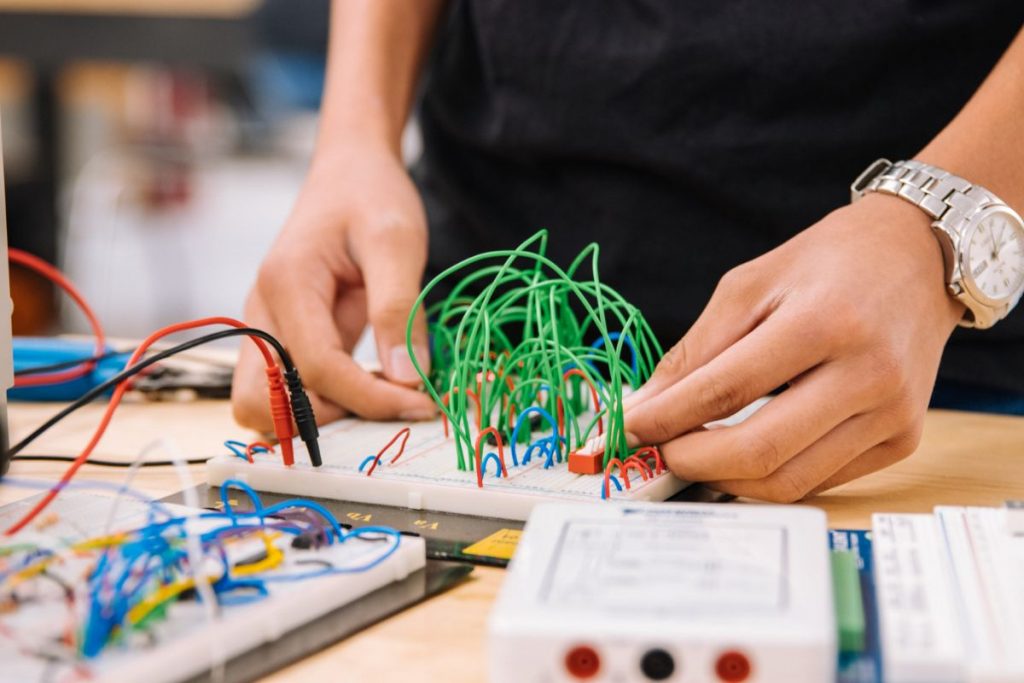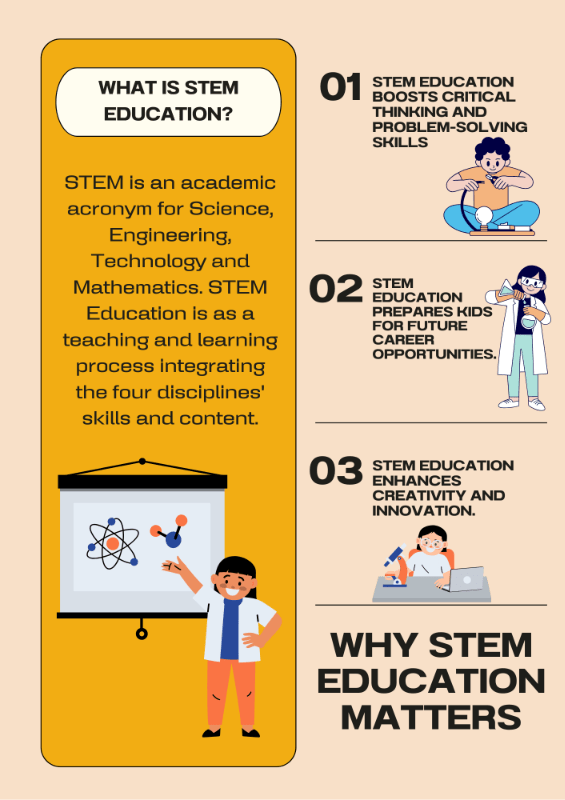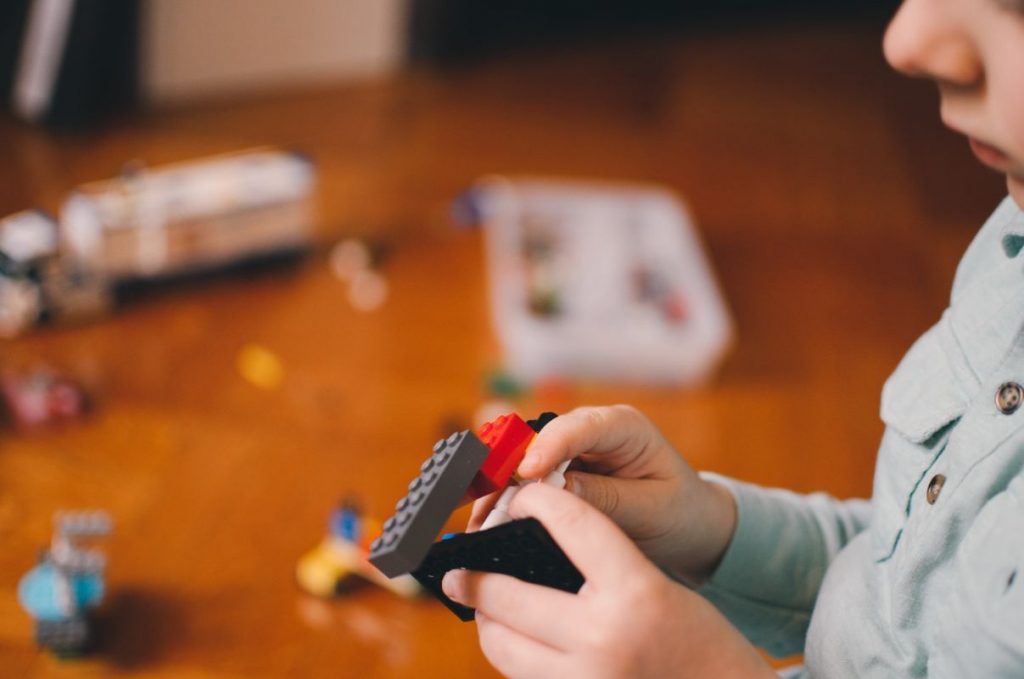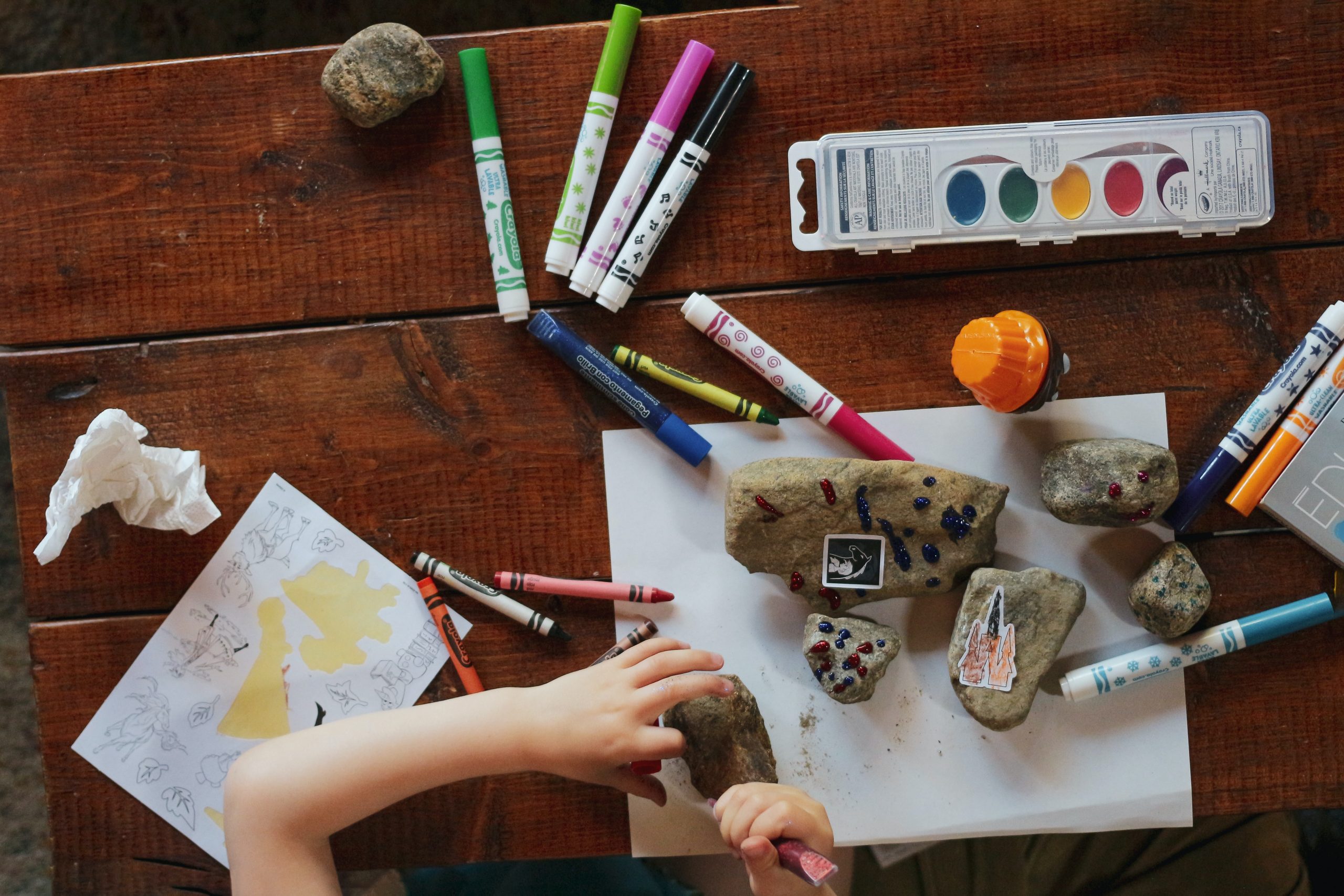“Can I please code now”? This is my son’s request after finishing his homeschooling activities and chores. Coding…
“Can I please code now”? This is my son’s request after finishing his homeschooling activities and chores. Coding games is his passion, keeping him busy for a few hours daily. I realize science, technology, engineering, and mathematics or STEM education are now integral to our everyday lives. So, supporting his love for these topics has never been more crucial.
In the age of touchscreens and artificial intelligence, nurturing a STEM mindset in our little ones isn’t just about preparing them for future careers. It’s also about empowering them with the skills to navigate a world where problem-solving, critical thinking, and innovation are vital to survival.

STEM is an academic acronym for Science, Engineering, Technology and Mathematics. In 1996, the National Research Council described it as a teaching and learning process integrating the four disciplines’ skills and content. Generally, it also refers to the method of providing students with opportunities for problem-solving, innovation, invention, self-confidence building, technological literacy, and logical thinking (Morrison, 2006; Stohlmann)
STEM education can undeniably unlock endless possibilities for our kids. Imagine a future where children, aside from being just consumers of technology, are also creators, problem solvers, and innovators. That future is what STEM education is all about. It goes beyond textbooks and classrooms as it inches away into everyday life.
STEM education may often be associated with scientists and engineers. However, it is also for every child who has thousands of questions and seeks to understand the ‘whys’ and ‘hows.’ As parents, it’s our job to provide them with an environment where they can satisfy their curiosity.
Fostering a love for STEM in our children isn’t about turning our living room into a makeshift laboratory (unless you want to, of course!). In fact, it’s more about infusing everyday moments with discovery and wonder.
As our children’s first teachers, we can encourage them with our contagious enthusiasm. When we marvel at the stars, conduct kitchen experiments, or even troubleshoot a tech glitch together, we’re laying the foundation for a lifelong love of learning.

STEM education has been on the radar for quite some time now. However, it’s now becoming more than a buzzword. Instead, it’s a crucial life skill that can ensure a robust career or successful future entrepreneurial endeavors for our kids.
Have you ever seen your child tackle a puzzle or figure out how to reach the cookie jar on the top shelf? That’s critical thinking and problem-solving in action. STEM education is like mental gymnastics for your little one’s brain. It teaches them to look at a challenge, reduce it into smaller pieces, and tackle it precisely.
These skills are absolutely handy for math homework. However, they’re more of essential life tools that can help them navigate the world’s twists and turns.
The future isn’t just knocking on the door; it’s building a new house, and guess what? STEM skills are the key to unlocking it. Whether your little one dreams of building robots, coding the next big app, or exploring the mysteries of the universe, these disciplines can be their roadmap. So, when a child says, “What can I be when I grow up?” – STEM says, “Anything and everything you set your mind to!”
STEM education, the birthplace of the next big thing, can be the sandbox of a child’s “what ifs?” and “why not?”. A child experimenting with kitchen ingredients or constructing towers out of old boxes may only seem to be playing. Surprisingly, you’re already witnessing the building blocks of a bright future.
Incorporating STEM into your everyday chaos, ahem, life, is a game-changer. Because who said learning can’t be a part of the daily whirlwind?

Picture this – your little one is knee-deep in finger paint, marveling at the colors blending like magic. Guess what? That’s science happening right there! Early exposure to STEM is about turning everyday moments into mini discoveries.
The idea is to sprinkle a bit of science in the mundane – making learning a seamless part of their playtime. Check out some of the examples you can do at home.
Screen time is not going to be mindless with the right educational apps. They can foster a learning experience that allows technology and fun to go hand in hand. Find ones that align with their interests, and watch them gain knowledge while having a blast.
Engineers work on blueprints and steel on a site. It turns out, your living room can be a construction area, too! Try these activities with your kids for a STEM-rich day!
Imagine your kids building a fortress made of cushions. Perhaps a tower of cereal boxes or a bridge crafted from spaghetti and marshmallows. Sound like a chaotic mess? It’s actually engineering brilliance in the making!
Here are more ideas to nurture the engineer in your child.

Let’s turn problem-solving into a game, shall we? Bring out the challenges that make those little gears in their brains start whirring.
Math is undeniably everywhere- from when we check our alarm clocks in the morning to when we measure ingredients for dinner. That is why it’s best to use this subject’s presence in our lives to your kid’s advantage by incorporating it into their daily routine.
Kids learn best through play, and what better way to reinforce mathematical concepts than through the following games and puzzles?

Let’s step out of the theoretical world of textbooks and dive into real-life situations that use math.
Recent findings from the School of Psychology at the University of Nottingham (Research for All, 2023) reveal that when kids engage in extracurricular science activities and research, their interest in the subject increases dramatically. Furthermore, when their parents show enthusiasm in joining their children’s quest for discovery, they become more eager to learn. This passion increases their chance of excelling in higher-level STEM subjects.
Check out the ways you can bring science from the books to your home.
Transform your backyard into a nature haven, and let your child explore with a magnifying glass. Nature walks are like stepping into an interactive science book where every leaf, bug, and chirp has a tale to tell. Furthermore, you can utilize apps to identify birds or track the weather.

Turn a stroll into a treasure hunt. What critters can they spot? What colors are prevalent in the flowers? Nature is a living, breathing classroom right at your doorstep.
Turn your kitchen and living room into a science lab. The good thing is, you don’t need fancy equipment, just curiosity and a sprinkle of imagination. Grab a few pantry items, let the kids mix them up, and witness the magic unfold. You can also create vinegar volcanoes and color-changing milk. Indeed, these experiments will elicit oohs and ahhs from your little scientists.

Creating a STEM-friendly environment right in the heart of your home can foster engagement and discovery. It does not have to be a full-blown science lab or tech room. With some creativity and imagination, you’ll have a fun learning nook in no time.
Transform a corner of your house into a discovery hub where the magic of science, technology, engineering, and math comes alive. Set up a cozy space that screams, “Let the exploration begin!” A small table or a blanket fort can work wonders for young explorers. Make it a place where curious minds can dive into experiments and projects.
Gather a mix of old gadgets, books, plant pots, and cardboard boxes and you’ve got yourself a DIY science lab! The idea is to provide many possibilities for unstructured learning.
Asking open-ended questions can fuel a child’s curiosity. Instead of “Did you have fun?” ask, “What was the coolest thing you discovered today?” These queries ignite conversations and turn everyday moments into learning opportunities.
If bugs fascinate your kids, explore entomology together. If the stars are their thing, become backyard astronomers. Let their interests guide the questions and exploration activities.
Let’s debunk a myth – mistakes aren’t roadblocks; they’re signposts on the path to discovery. Would it be nice to turn the “I don’t know” into “Let’s find out!” When an experiment doesn’t go as planned, cheer for the lesson learned. It would be best to forego perfection and celebrate daily discoveries and milestones.
STEM education is a lifestyle choice that fosters critical thinking, prepares our little ones for a future filled with opportunities, and ignites creativity and innovation. The benefits are more than just academic. It also teaches life skills that children can bring into adulthood.
Parents play a crucial role in inspiring a love for STEM education. Weaving science, tech, engineering, and math concepts in a child’s daily life will always work wonders. Moreover, creating a dedicated STEM space at home and initiating conversations on exciting topics is essential for discovery and learning.
We’d love to hear about your STEM education adventures! We invite you to connect with our community, which is passionate about nurturing little minds. Let’s raise the next generation of scientists, engineers, and creative thinkers.
Like this post? Click on the Image below to pin this for later!

Giftedness isn’t just about acing spelling tests or finishing math worksheets early. Psychologists define it as an out‑of‑the‑ordinary…
There are so many life skills to teach kids that it can feel overwhelming. But what if I…
Is your family up for some mental challenge? Our household always is, including riddles for teens. They’re fun,…